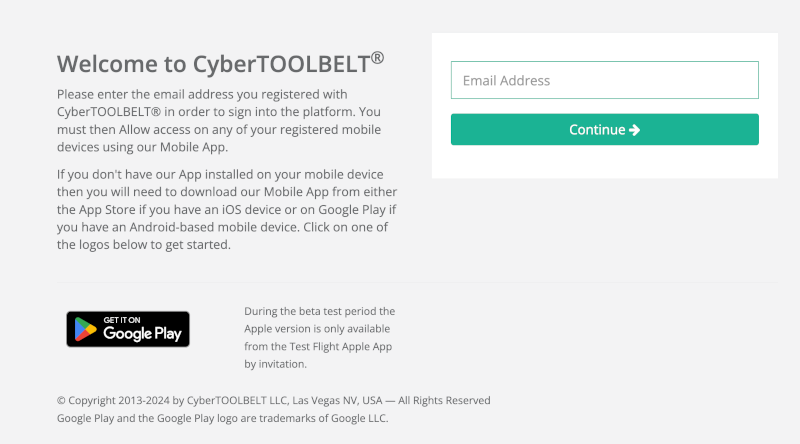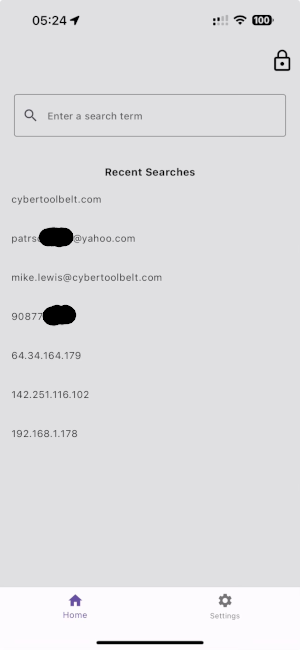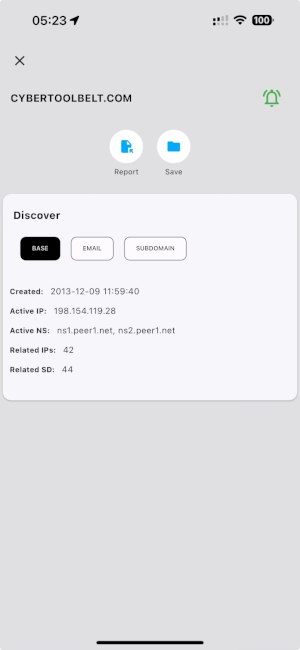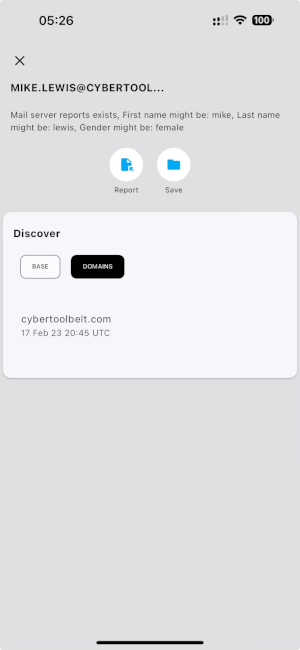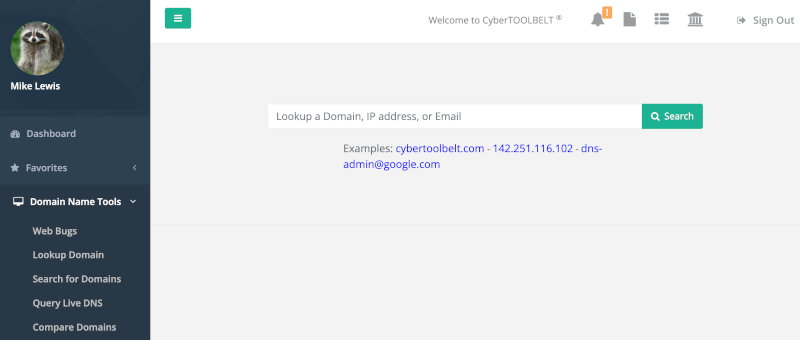There are a number of different projects I've done over the years from a previous resume incarnation that I've included here.
Developed a native APP for iOS that was a situational awareness application. Using the iThreat platform we could alert users to possible danger and trouble near them. The app also
included a lot of information for travelers (things like the CIA World Fact book).
Developed a poker league web site (pokerleague4.us that does all the maintenance and user interaction for a bar poker league.
Developed and oversaw the development of a global intelligence, global trade and global piracy monitors. Highly interactive and seriously cool (www.ithreat.com — although the cool stuff is behind credentials). This is the end result of many man years of development of the intelligence platform.
Developed a site that allows high-school coaches to report game results using a web interface (saves massive time and greatly improves accuracy). Heavy AJAX programming. (scores.xelent.net).
Developed a number of webbots/spiders to access different types of information such as RSS feeds, forum sites, etc.
Developed an intranet for the company with a AJAX-based expense report entry, maintenance, printing and approval system. PDF versions of the expense report are produced. Bookkeeping is able
to download the information from within QuickBooks as all the chart of accounts information for expenses is kept in the expense report database. User administration, expense type, chart of
accounts and other administrative functions are all built into the application.
Developed a full text search and storage network appliance named ftEngine. This is a scalable solution to index and search huge
amounts of text in very rapid times. The software is written primarily in C++ with some PERL used as a daemon to assist the
functionality of the administration web interface (which is written in PHP). The appliance is administered through a web-based front end.
Developed an athletics web site for various high school with full administration capability. Features variable number of
sports, levels of play and genders. Includes home-grown message board, schedules, roster maintenance, directions, web page text, statistics
tracking, etc. Game results are reported through the system and anyone can sign up to recieve results by email with option pictures
included. There is a photo gallery as well as fund raising support.
There is full statistical capture for basketball teams with real-time web updates. The client, a local laptop for instance, runs a program I wrote in
VB.NET (2005 edition) that captures statistical and team information during the game. There is an option to post all updates in real-time to the school's web site. On the web server you can
display the current game's progress in real-time. Users accessing the web site can bring up the game page and see players actions, statistics presented in a table format with color
highlighting, all without refreshing the page (Sometimes I just love AJAX). Show Me..
Developed a web front end that manages a web crawler that then indexes the spidered site parsing out useful information and
indexing it using the aforementioned ftEngine appliance. You can search the spidered site by keyword or by parsed information (such as
all the telephone numbers contained on the site).
Developed a couple of eCommerce sites for a companies with custom, home-grown shopping carts and online payment. I also implentmented online ordering for a restaurant.

